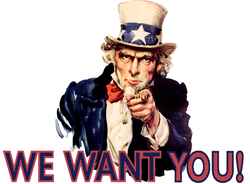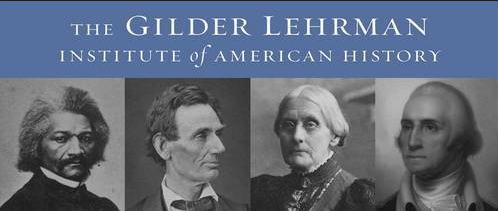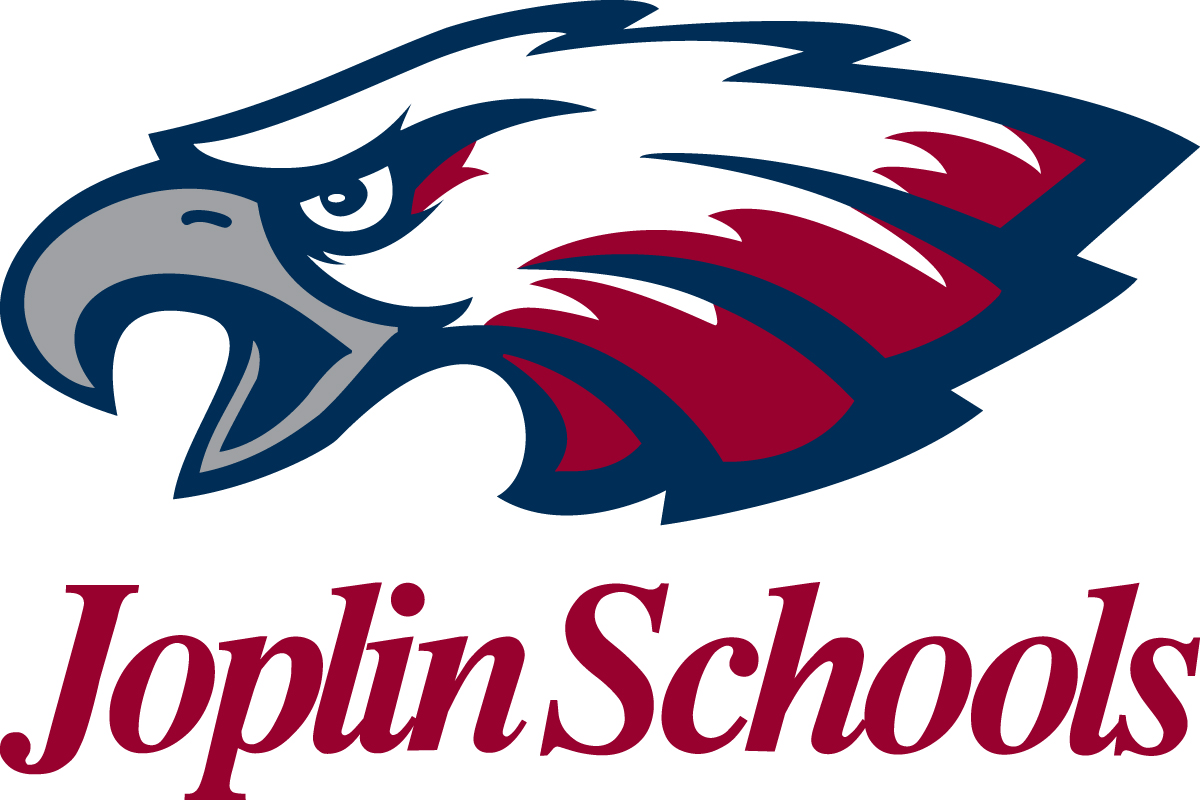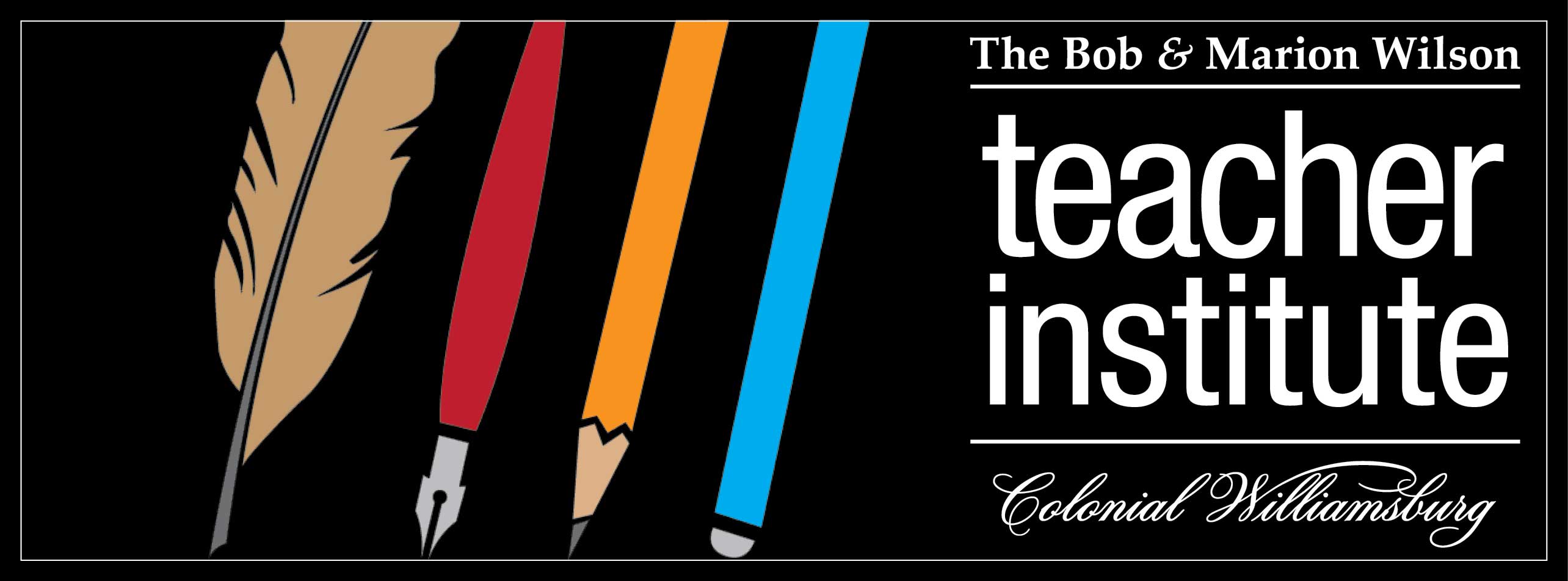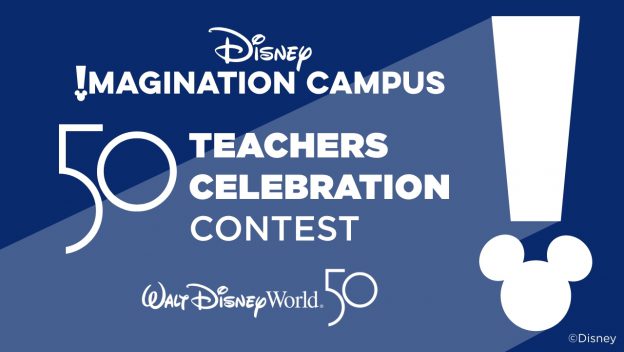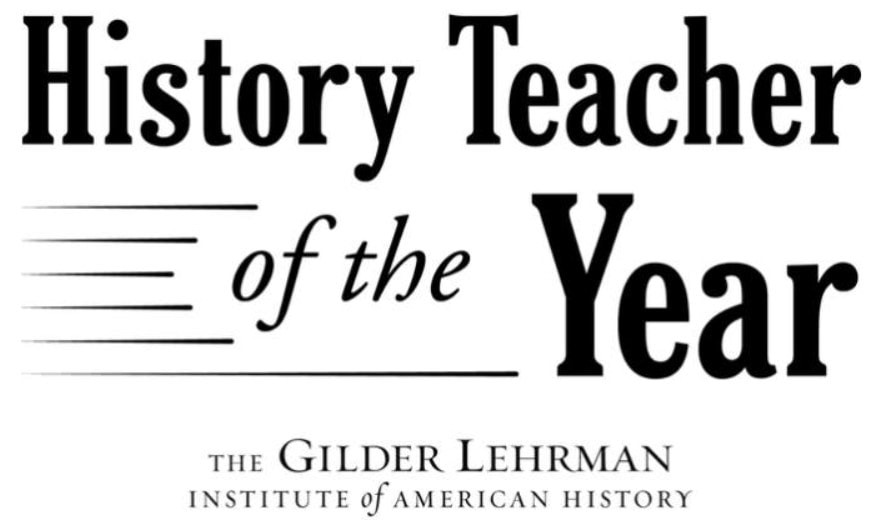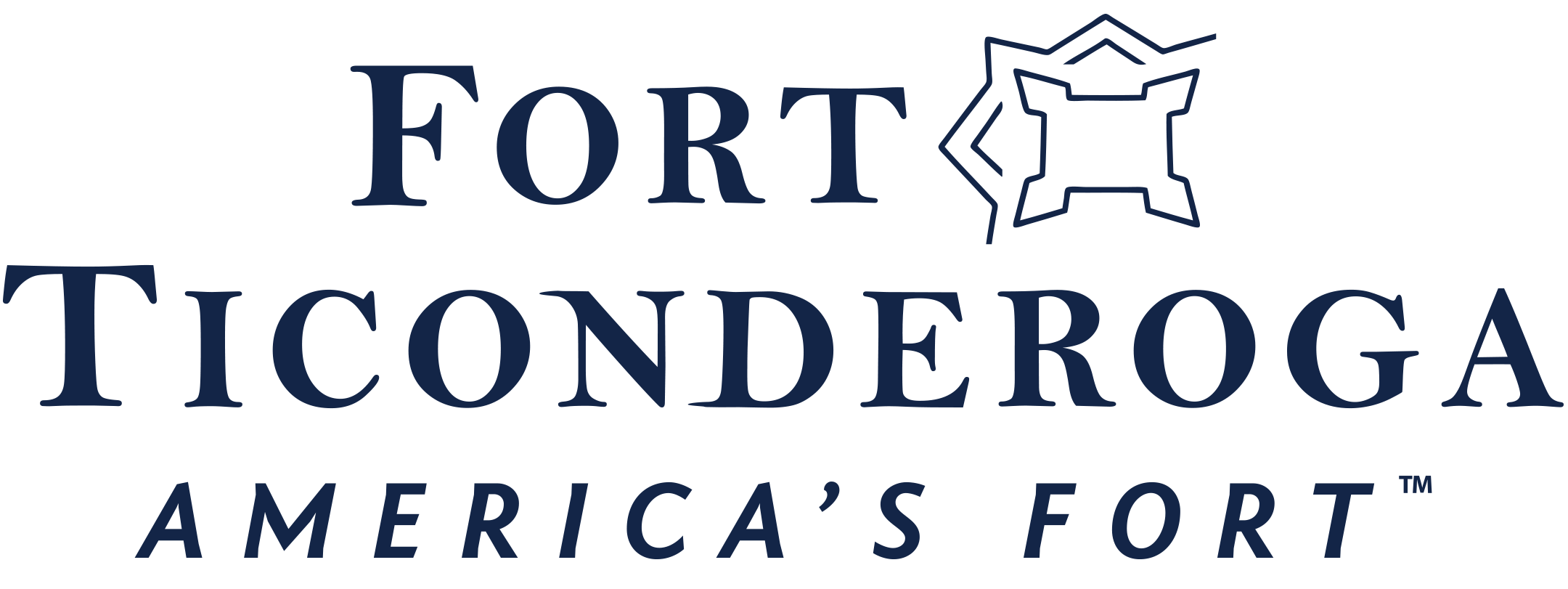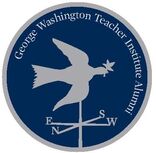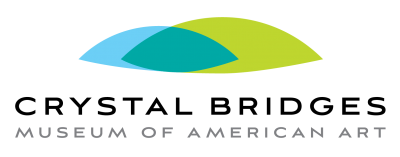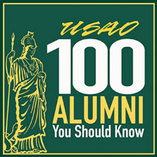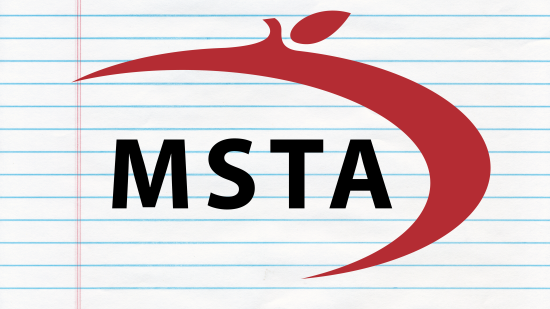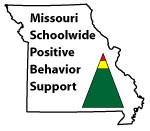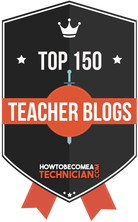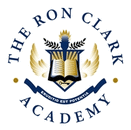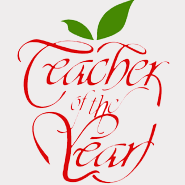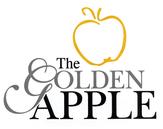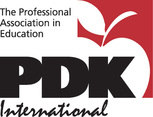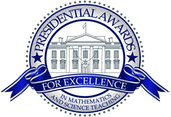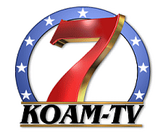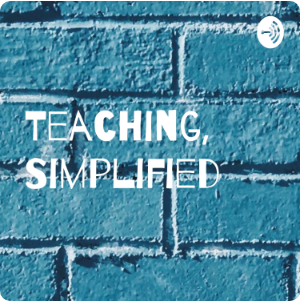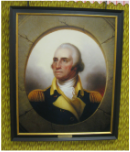
The application process includes a recommendation letter from an administrator, another from a teaching peer, a copy of my teaching resume, basic personal and school information, and a 500-page essay. The essay, copied below, is to outline my personal educational philosophy and interest in the good president. Since the newest version of Missouri's standards in Social Studies and History puts founding documents into the fourth grade expectations, this is an opportune time to learn more about George Washington (not to mention that national history blends so well with our state history).
I have read that kids are 20% of the population, but they are 100% of the future. Tomorrow’s family, community, and nation leaders are in my classroom today! To reflective educators, that hits hard; it puts me in mind of a statement made to me, 25 years ago, by the grandmother of a boy in my class: through tears, she told me I was the only calm male influence for her grandson. Obviously, her words stuck with me. They still press on my shoulders as I absorb their weight. Conscientious teachers realize their importance extends well beyond reading and math.
George Washington was an influential man with internal and external struggles. His strength subsisted in his demeanor and his ability to lead and make decisions, personally, militarily, and as the executive leader of our great experiment. He could suppress mobs, weigh risks, and bring calm to a room. He may not have always met his own standards, but his standards are no less relevant because of it. I aspire to be that resolute peacekeeper for students and teachers in our school.
Rich study of George Washington and his historical peers enriches my fourth grade classroom. As Missouri now places American Revolutionary history into fourth grade, I am excited to have opportunities to share my passion for the era with my students. While I have grazed the surface of our nation’s founding with presentations about Missouri’s pre-statehood story, I yearn for richer, deeper knowledge of figures from varying castes in this period. I long to know President Washington. I need to meet him, speak with him, share a meal with him.
In an effort to teach about present culture, character, and manner, I bring the first president to life. As historians, my students experience collaborative struggle with material and process. They feel the exultation of success only when they wrestle difficult decisions with innovative thinking. I want them to unearth unexpected solutions. If that includes replicating 18th century scenarios, we do it. Our continuing quest is to create a real, relevant, and captivating classroom. My students do not prepare for future classes; they prepare for life. In our classroom, students gather information, learn from failure, and build systems to serve future generations. By identifying mistakes and solutions from the past, they are better equipped to face genuine issues in their own lives with the future in sight.
When my teacher-peers curiously peek through the window or observe my class at work, they realize life is not divided into isolated topics, changing every 20 minutes and breaking on a regular schedule. Life is multi-dimensional and transcendent. When we surround ourselves with exciting, real-life situations, we shatter the traditional mold of school. We time travel!
Like Washington, we learn to approach, communicate, and react with our peers and acquaintances. At day’s end, I enjoy the satisfying fatigue resulting from empowering young gentlemen and ladies with the mettle for success and encouraging educators, through conversation, observation, and formal presentation, to do likewise.

